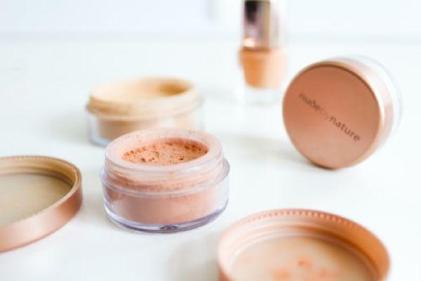
Revealing it took doctors nearly six months to diagnose her properly, the Complicated singer said that she was bed ridden for five months.
Sadly, Lyme disease is a lot more common than people realise and you can contract it here in the UK.
1. What exactly is it?
Lyme disease is a bacterial infection that is spread by an infected tick. The longer the insect feeds on your skin the higher the chance of you contracting the disease is. A tick ranges in size from half a centimetre to the size of a sesame seed, so they can be tricky to spot.
2. Where do ticks live?
Ticks live in moist, humid environments particularly in wooded or grassy areas, but not all carry the bacteria that can cause Lyme disease.
3. What are the symptoms?
- Muscle pain
- A bull’s eye rash can appear between three and 30 days after you’ve been bitten, although this is not always present.
- Tiredness
- High temperature
- Neck stiffness
- Chills
- Headache
- Sore throat
- Runny nose
If untreated, you may experience:
- Heart problems
- Meningitis
- Nervous system trouble
- Facial paralysis
4. How to protect your family
To protect you and your family from Lyme disease, follow these eight tips:
- Avoid long grass.
- Keep to footpaths when going through wooded areas.
- Wear long-sleeved tops and trousers when walking in areas where ticks are present.
- Regularly check your pets for ticks.
- Make sure everyone checks their skin after being outside, particularly behind the knees, inside or around the ears, under the arms, the chest and back area and the scalp.
- Look in your hair and your child’s hair for any signs of ticks.
- Wear light coloured clothing when out so they are easier to spot.
- Use an insect repellent on any exposed skin.
5. What to do if you find one?
If you do find a tick, you should pop to the pharmacy and buy a small tick removal device or ask them to remove it safely for you. If you are unable to get to a pharmacy you can remove it gently with a fine-tipped tweezers.
If you develop any of the above symptoms make sure you talk to your GP.











